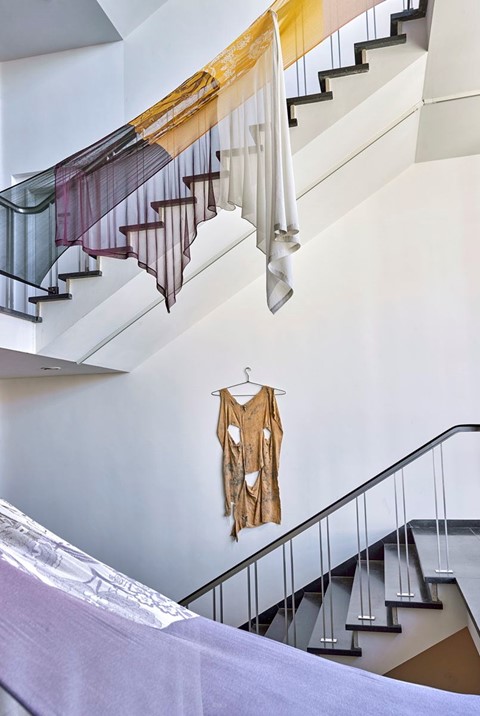SOFT? Tactile Dialogues is an exploration of Belgian textile art
Textile art is having a bit of a ‘moment’. This week a major exhibition on the work of radical Modern weaver Anni Albers opens at Tate Modern, while author Katie Treggidden has just released a new book profiling some of the most exciting global talent. The timing could not be better for SOFT? Tactile Dialogues, a new exhibition on textile and fibre art in Belgium organised by Antwerp’s fashion museum, MoMu.
Textile artists – particularly women – have fought a long and hard battle for legitimacy in the eyes of the art world. In the 1970s and 1980s, Belgium’s female-dominated Textiel Groep was among those that bore the brunt of scepticism from critics and collectors. Despite this, they produced work that is startlingly bold and engaging, often working in multiple dimensions and with the most unexpected of materials.
MoMu rediscovered its own collection of works by these women thanks to a temporary relocation while its purpose-built home in Antwerp’s city-centre undergoes an expansion. It includes major pieces by Edith Van Driessche, Veerle Dupont, Suzannah Olieux and Kaye Regelski (today better known as Kaye Spilker, curator of textile and costumes at LACMA). Much of it hasn’t been seen for more than 30 years.
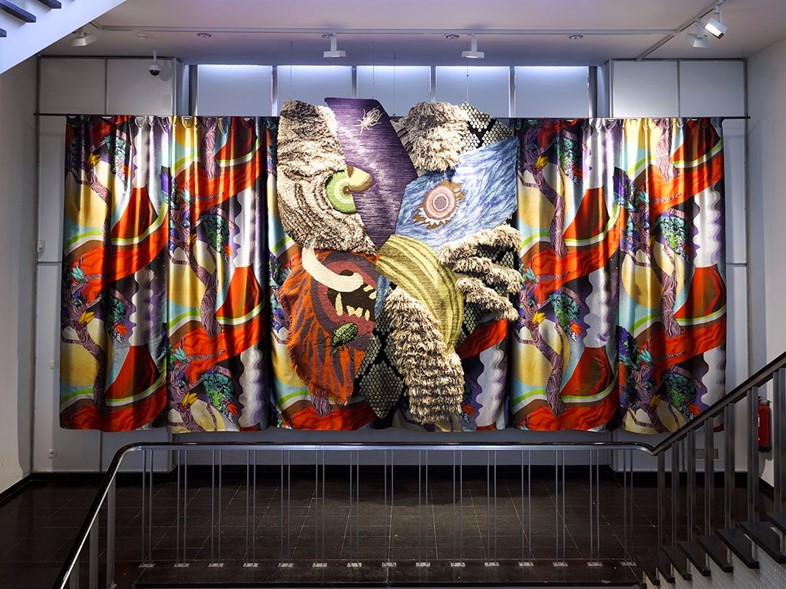
Curator Elisa De Wyngaert saw this as an opportunity not just to reclaim and celebrate the history of textile art in Belgium, but also to show how today’s generation of artists is no longer bound by questions of gender or legitimacy. “The question mark in SOFT? symbolises the various questions and prejudices that the subject evokes,” she says.
Taking over a swathe of the Maurice Verbeart Centre, and incorporating some of the gallery’s own collection of works by the textile artist Tapta, she has brought together a wide range of artists who “express themselves in textile without inhibitions” including Kati Heck, Kaan Rommelaere, Sven ’t Jolle and Nel Aerts, to complement and contrast with the work of the Textiel Groep.
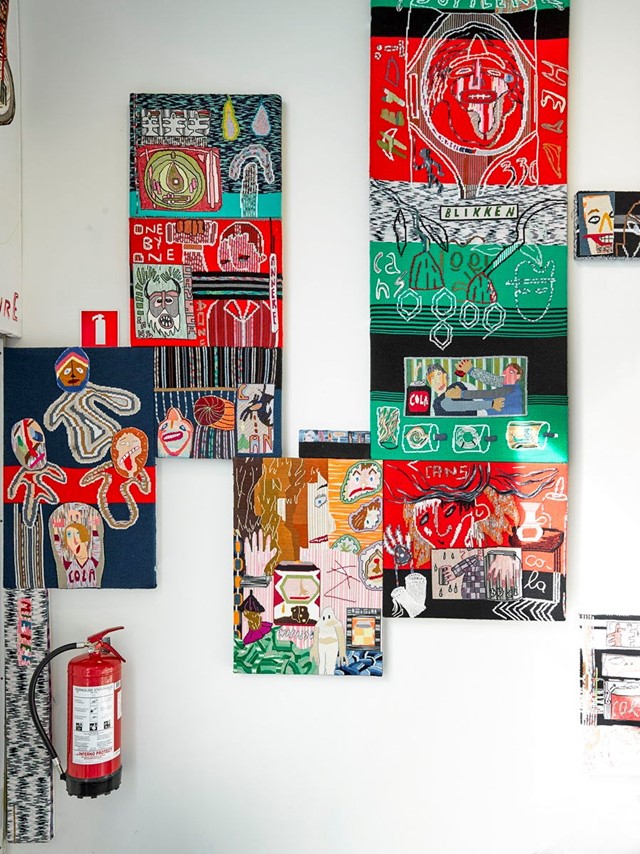
On curating an exhibition about textile art…
“As I started researching, the approach became quite feminist in a way, because I started to become quite frustrated with the way this art form has been received in the past. I’m not the only one, so many scholars have written about it, but it’s really tough to read it. Anni Albers is going to have a beautiful exhibition in Tate Modern now, but why did she choose textiles? At the Bauhaus women could almost only do weaving. It’s something you can’t ignore when you talk about this generation.
“In the 70s and 80s you see the Vietnam war came to an end but also the women’s liberation movement was really in full force at the time. You had the DIY trends, the hippy movement, so in that context you see all of a sudden that both fibre artists, but also feminist artists like Judy Chicago, Miriam Schapiro, and the post-Minimalist artists like Eva Hesse for example, all started reaching for textiles or fibres in a certain way. But still, even though it was very popular and people like Sheila Hicks have very successful careers, when it was written about they always asked the question is it applied art, is it craft, is it art, how should we deal with this? It’s absurd – Robert Morris or Joseph Beuys also worked in felt and fibres but no one ever doubted their authority.
“I think there are still some really ignorant art critics who would say ‘oh too bad it’s a woman working in textiles again’, but actually the second part of the exhibition is about saying ok, the first generation struggled and and it was a fight and the mission did not succeed completely maybe although they had good careers, but you can see now that contemporary artists often express themselves super freely in textiles.”
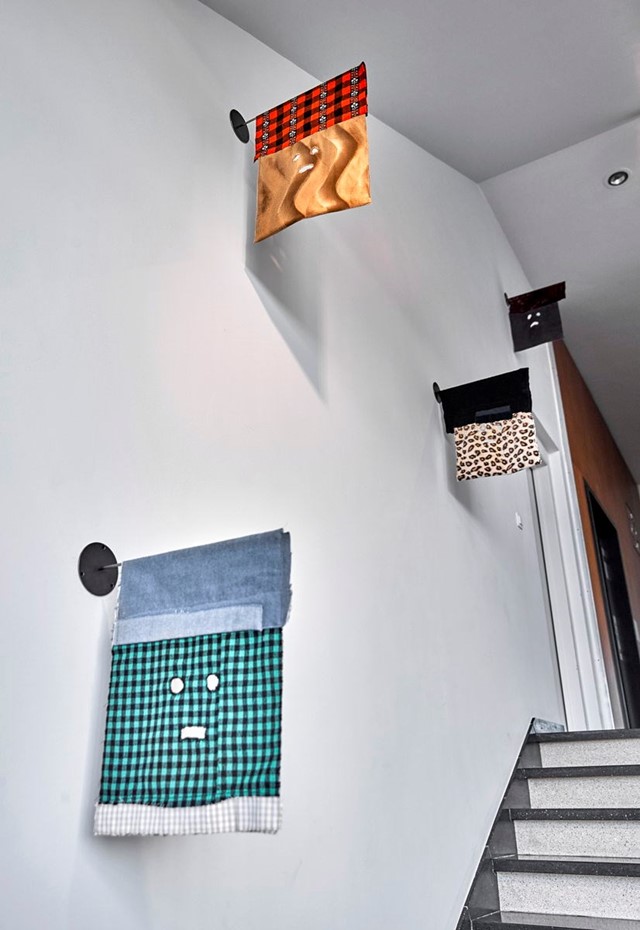
On Belgium’s textile group of the 70s and 80s…
“The works that you see in the 70s and 80s are very expressive. We call it Tactile Dialogues because of the way they really engage the viewer and really engage the space that they’re in. After the 80s they moved on to different media, both because it was out of fashion to work in this style, it’s just normal in the history of art that you evolve, but also because it was just sometimes very tough for them.
“[They were brought together] thanks to Jan Walgrave, who was at the time the conservator for all the museums in Antwerp, and he was one of the first supporters. He organised group exhibitions and published writing about them. Luckily he is alive and he came with me to select the pieces and to talk about them. It really makes the exhibition more complete.”
On approaching gender as a contemporary curator…
“It was really not difficult for me to find a general equality in the selection of artists. It wasn’t like ‘oh, I have to find a man now’. I really sincerely hope it’s because gender is becoming more fluid, so these concepts do not matter that much anymore. We’re not there yet, but we’re getting there. I hope that within art and within society it can continue like this, and that other curators also think about this. It’s really important. The female artists in this selection, they don’t want to be separated out, they just want to show art, they want to show what they do, and they are great artists.”
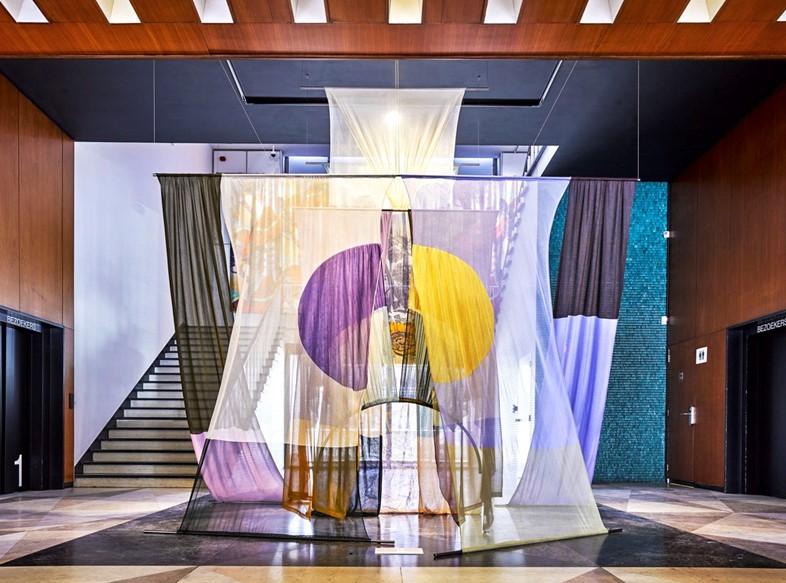
SOFT? Tactile Dialogues is at the Maurice Verbaet Centre, Antwerp, until February 24, 2019.
